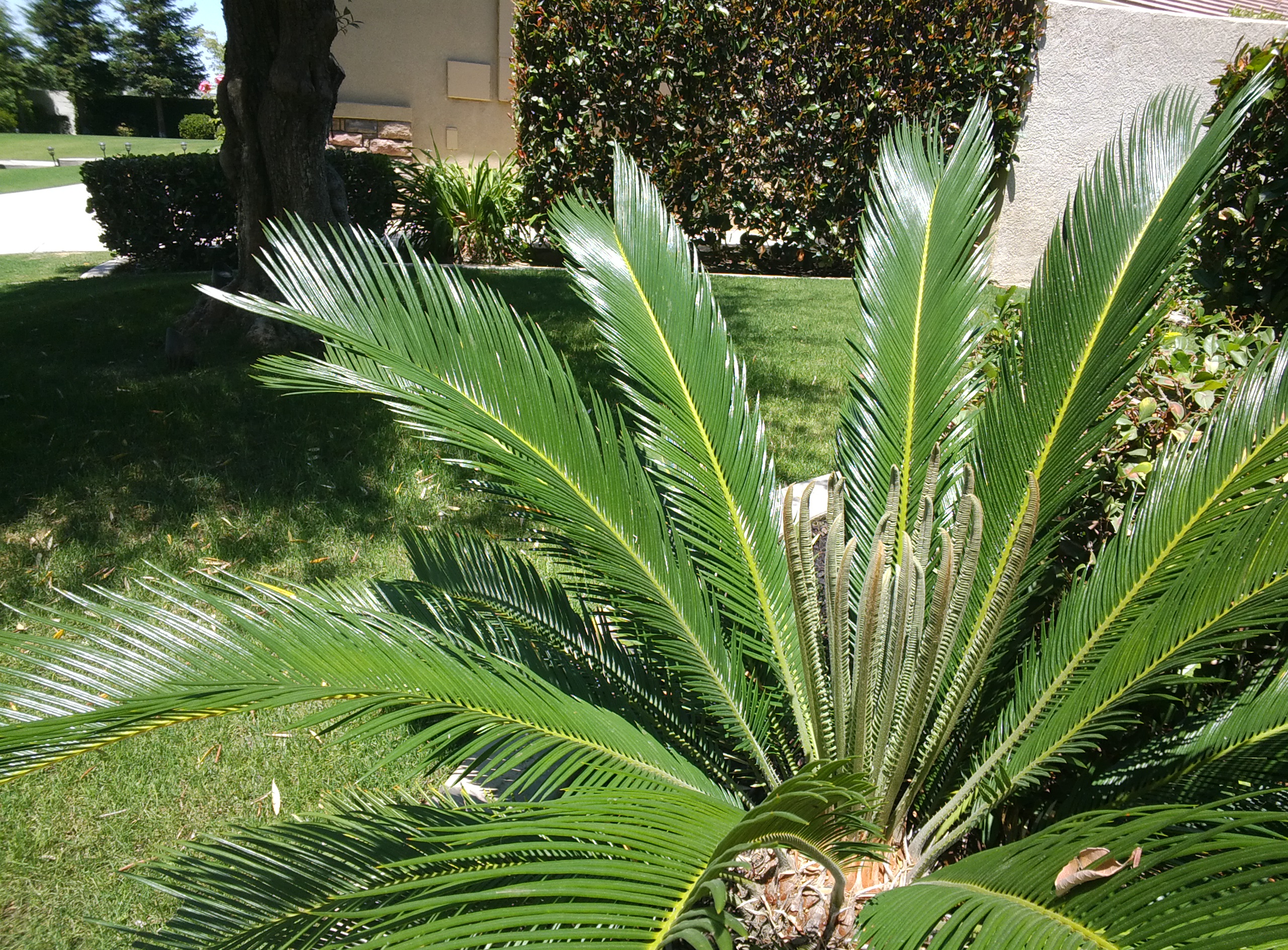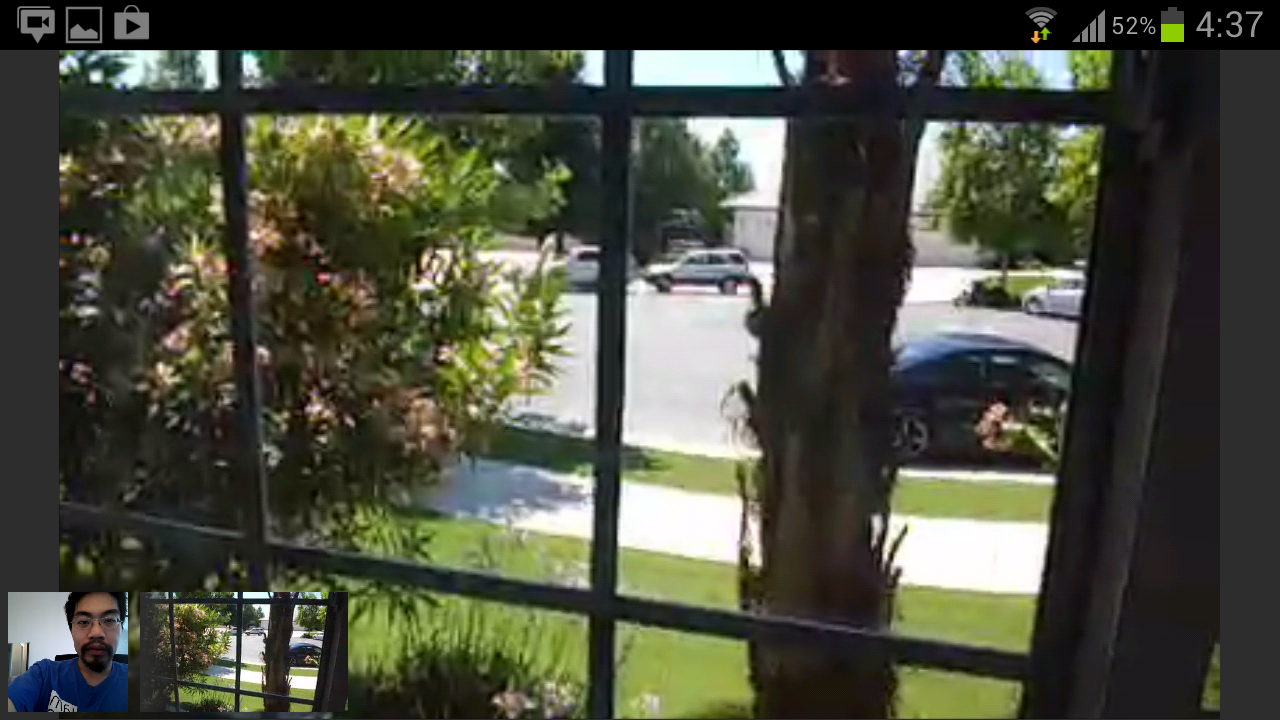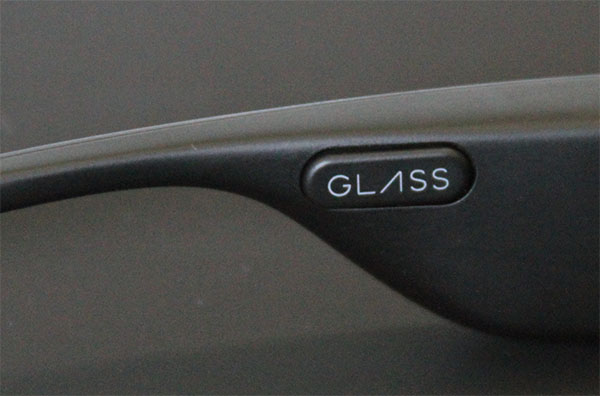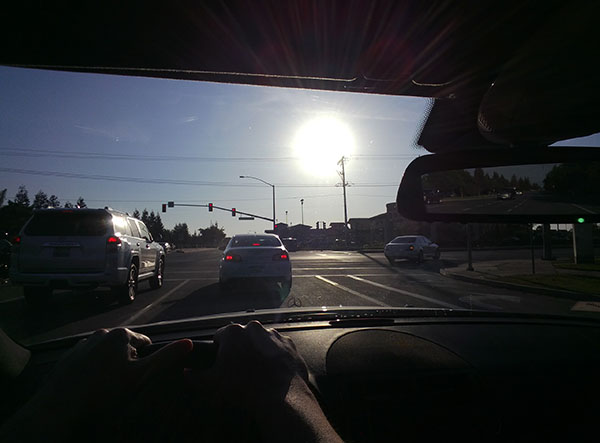Google Glass: Ergonomics, Performance, And Practicality, Tested
Google's Glass Explorer Edition kit showed up at my house late last week, and I've been living with it ever since. We have first impressions on ergonomics, etiquette, practicality, performance, and the future of Google's wearable computer.
The Performance Of Glass
What can you expect from the hardware comprising Glass? No doubt, Google chose the platform’s specifications in an attempt to balance performance and battery life. Given the operations currently available (at least in the XE4 build; my Glass hasn’t updated to XE5 yet), speed really isn’t an issue. Battery life is far more important to address.
Glass ships with 16 GB of flash, 12.6 GB of which is reported usable. That’s a ton of space for pictures and 720p video. There’s no way to fill the device up in one sitting, though. From a full charge, I recorded 52 minutes and 32 seconds, filling 1.88 GB, before depleting the battery. More casual use is pretty consistent with what other folks have already reported—I’d expect five or six hours of use if you’re looking up driving directions, snapping random pictures, sending some texts, and recording some 10-second videos. I don’t see how you’d get a full day of use out of Glass at this point. Google does appear to be taking steps to shore up battery life; an update to XE5 changes Glass’ sync policy to require power and Wi-Fi for background uploads.
The 5 MP camera takes remarkably good-looking pictures in natural light. Its performance falls off quickly indoors or as it starts getting darker outside, though. The same goes for video quality. You get a great picture outdoors with consistent lighting. In a fluorescent-lit room, video is a lot grainier and washed-out.
Glass’ microphone is most effective at close range, so long as you can keep it shielded from the wind. Even in a bar, with lots of ambient noise, it’s super easy to distinguish between the background bustle and foreground conversation. The downside is that, if you're recording video, as your subject gets farther away, they quickly get more difficult to hear. And if you're driving 20 MPH with the windows down, the mic is buffeted hard enough to drown out anything else.
Despite a connection to a plenty-fast wireless router at home, voice and image quality aren’t nearly as crisp as I was expecting using the “hang out with…” command. I synced up with our news director, Marcus Yam, over the weekend, and what he saw from Glass was pretty pixelated and choppy. And while I could hear his voice well enough, calling the video feed a slide show would be generous. The same applied to a call with senior editor Don Woligroski, who reported a pretty terrible-looking picture on his Nexus 7. No combination of tethered LTE or at-home Wi-Fi got us any better than this. A third call from my PC was a lot smoother, so we know Google’s hangouts at least have the potential for fluid motion and reasonable quality.
Coming back the other way, Google’s bone conduction transducer does an admirable job playing sound back into your inner ear. Funnily enough, Glass sounds best when you plug your ears with your fingers. Frequency response is lost otherwise. But I could go back and watch my recorded videos, I understood the turn-by-turn directions narrated to me, and Google did a beautiful job translating phrases in different languages to me. Spectacular. My biggest complaint is that volume cannot be adjusted. So, any time I jumped on a phone call in the car I had to roll up the windows, turn down the radio, and shut off my air conditioning to understand the other end. Even standing next to a busy street was too loud to carry on a conversation using Glass via Bluetooth.
The prism projector is less obtrusive than I thought it’d be. Google claims it’s equivalent to a 25-inch high-def screen from eight feet away, and you’ll see it appear above your right eye’s normal field of vision. Output appears in your peripheral vision, but you do need to look up to see clearly. Readability and responsiveness are both good, and the display is bright. Right away, I noticed that two of Glass’ pixels were dead. Four or more need to go out before Google considers the projector defective, though.
Get Tom's Hardware's best news and in-depth reviews, straight to your inbox.
One reader asked how Glass adapts to adverse conditions. The projected screen is very difficult to read in direct sunlight (in the image above, I’m in the car—the sun can’t be avoided). But the camera sensor works well enough. Moreover, you can glance up above the windshield and get the display in a more readable position if you really need to see something. I didn’t have any rain at my disposal, though Google is explicit that Glass shouldn’t get wet.
Current page: The Performance Of Glass
Prev Page The Practicality Of Glass Next Page The Requirements And Future Of Glass




